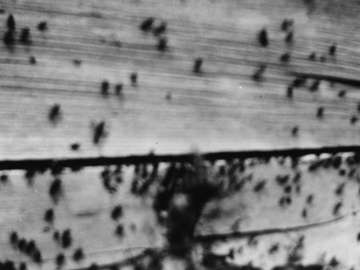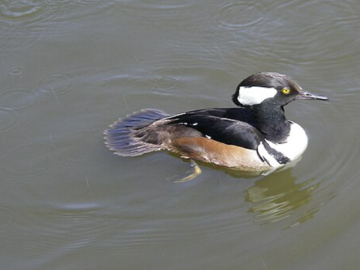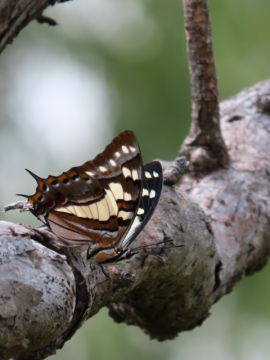Walking Iris
Rita Tognini
Neomarica Northiana, native to Brazil, flowers only for a day. After Louise Glück In your garden, I fill the gaps— under lilac and lemon trees, by camellias and fuchsias, in the perfumed shadow of gardenias. Do you think I would choose this place? The here, there or wherever it takes your fancy to thrust me— soil moist or dry; light dappled or blazing. I grow wherever you confine me, my spikes unfolding as a fan. I draw on memories of my continent, wear resignation as a sheen— wait for the day each plumped tip opens to the morning sun, unfurls its double triad of petals—cobalt blue on white with base of tiger stripes. At day’s end blooms wilt and shrivel; begin the transformation to plantlets that growing drag spikes earthwards, eager to relaunch my life-cycle. To wander is my nature, but what do you care of my needs? You cage me with stone or brick, prune fallen spikes, deny my future.
The science inspiring the piece:
I am fascinated by human beings’ interaction with the natural world, and in changes of how science has conceptualised the role and contribution of humans to the development of our planet. Over the last several decades, the emergence of the concept of the Anthropocene has focused attention on the impact of human influence on land use, ecosystems, biodiversity and species extinction.
Human migration, and that of animals, plants and micro-organisms that have inevitably accompanied them, has contributed significantly to this impact. ‘Walking Iris’ (Neomarica Northiana) views it from that of a plant native to South America, commonly found in Australian gardens.
Listen to Rita read the poem:


